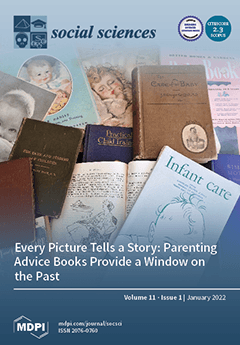In Japan, the term
shūkatsu—referred as the planning for later life and for the afterlife—has gained popularity due to high amount of mass media exposure in recent years. This paper examines
shūkatsu from the active aging framework, contending that
shūkatsu is an
[...] Read more.
In Japan, the term
shūkatsu—referred as the planning for later life and for the afterlife—has gained popularity due to high amount of mass media exposure in recent years. This paper examines
shūkatsu from the active aging framework, contending that
shūkatsu is an important activity that contributes to active aging, as the process of conscientious planning encourages older Japanese people to remain active. Data for this study were obtained from qualitative interviews that were conducted with 40 older middle-class Japanese citizens residing in Nagoya. Explored through a life course perspective, the study examined how salient factors, such as personal history, experiences, roles, anxieties, life-changing events, and cultural practices, have influenced older Japanese people in their
shūkatsu decision-making process. In the process of understanding how the Japanese respond to changing family relationships and sociocultural transformations, the emphasis on living a “good old age” for better social, psychological, and physical well-being strongly reflects the agency to age actively. In a super-aged Japan,
shūkatsu may be a vital strategy that not only ensures a better quality of life for the older population and their children, but it also contributes to individual’s sense of usefulness and satisfaction, as they are actively involved in the planning and management of their own later and afterlife choices.
Full article





